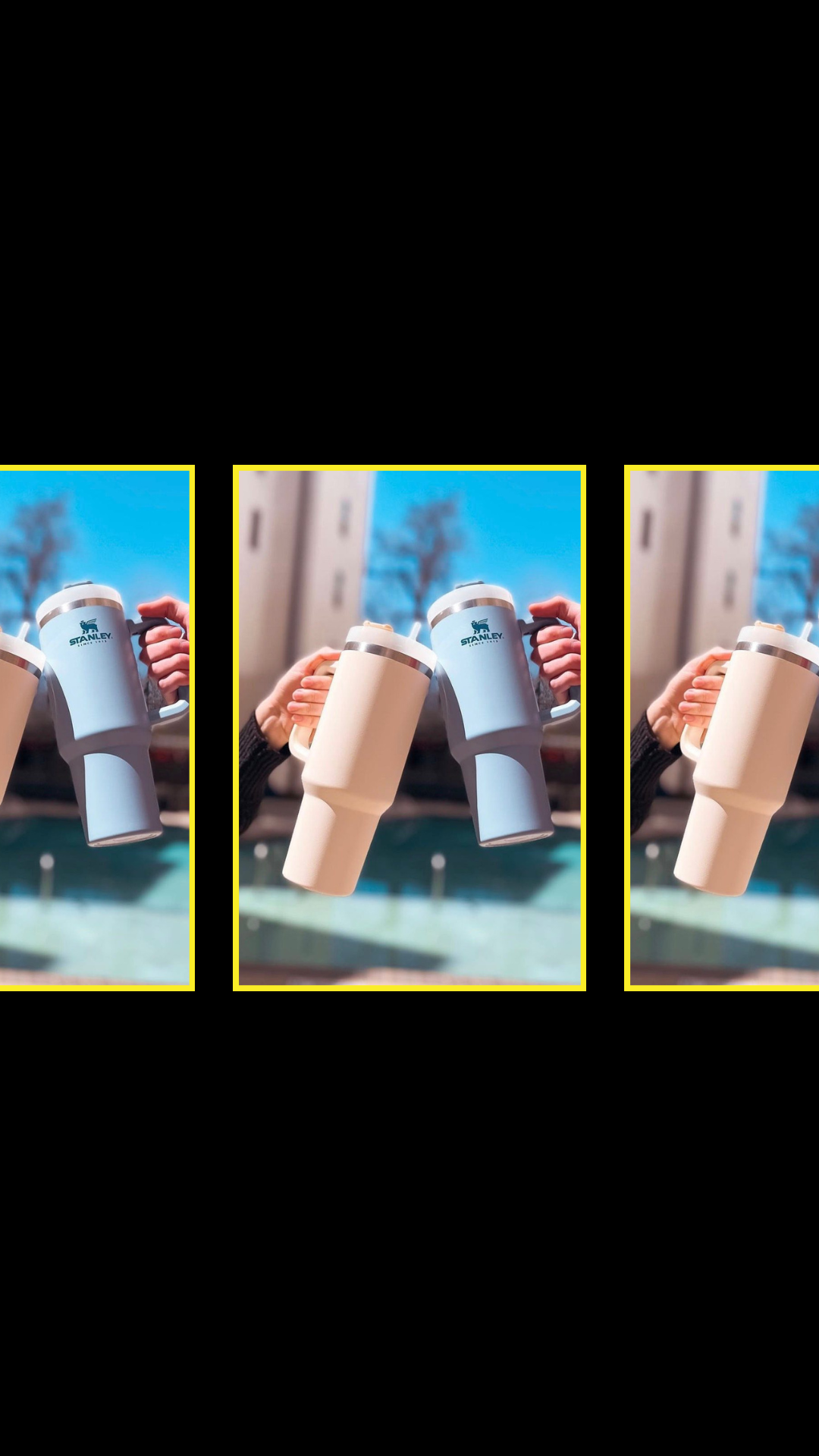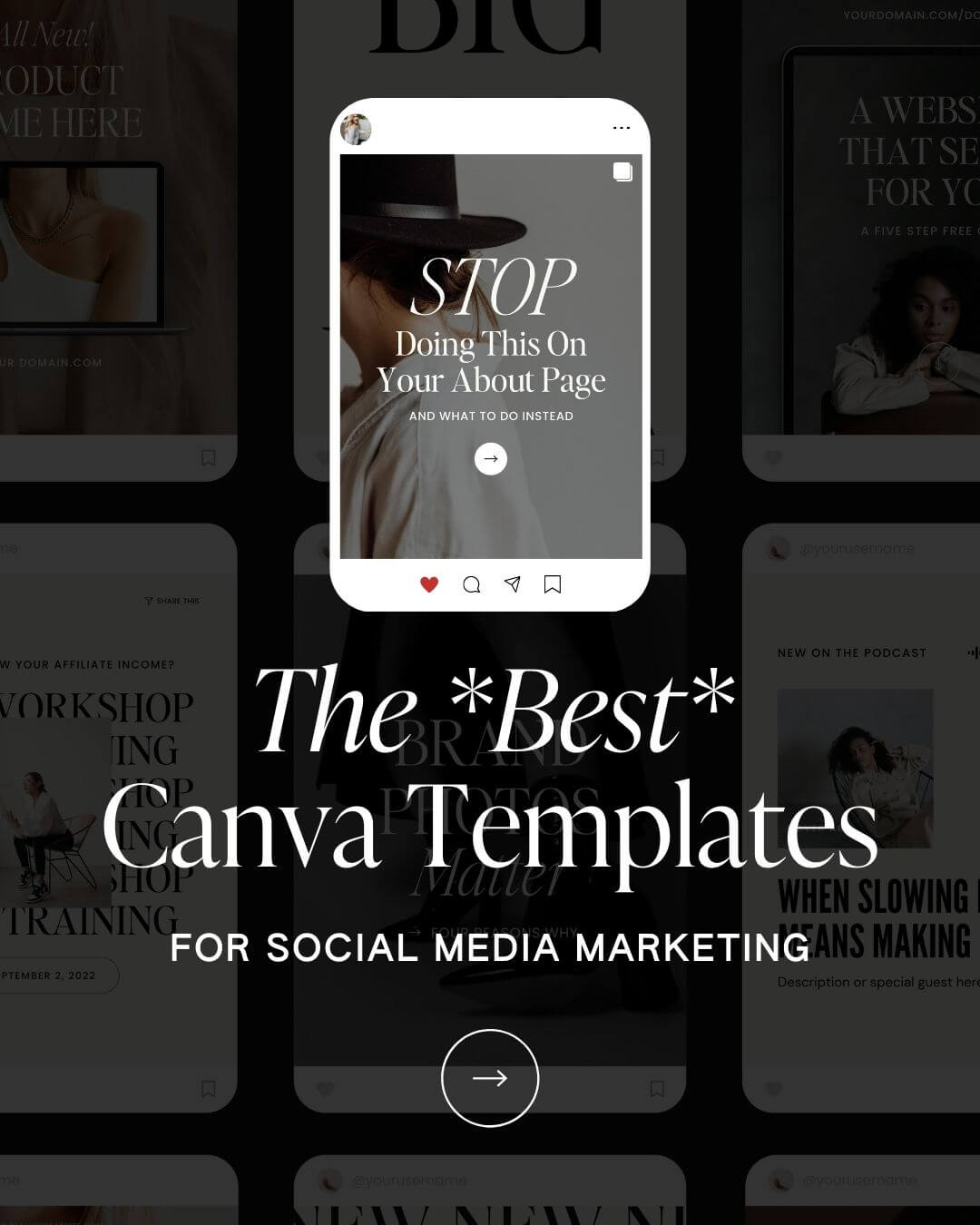For the last few months, I’ve been fascinated by the rise of the now-omnipresent, influencer-beloved Stanley Cups tumbler and the chokehold it has on a vast segment of the population. (Okay, a vast segment of mostly millennial moms…) As someone who works in marketing, I typically strongly resist the allure of “viral” products everyone tells me I have to have. It’s all very “Um, no, I know what you’re doing.”
But after all my resistance, when I saw one of my favorite influencer friends raving about her new Stanley cups tumbler (that she’d ALSO resisted), I finally purchased one a few months ago… practically out of spite.
And damned if I don’t love it.
“So, what’s up with the Stanley Cup?” my friend Judah asked me a few weeks ago, seeing my Stanley snuggled up next to me on the couch. Apparently, he’d been confused by the fact that all the women in his office suddenly toted around giant camping water bottles to every meeting.
“I don’t know that much about hockey?” was my confused answer. (Let’s all agree to refer to them exclusively as mugs or tumblers.)
But his question got me thinking. What, exactly, was the marketing magic that turned a piece of camping gear into the viral, emotional-support water bottle we know and love today? How did Stanley mugs get so popular? Why did women love these things? I mean, what’s so special about Stanley mugs, anyways? Why, somehow, were we convinced that THIS water bottle was the PINACCLE of all beverage contains, forsaking all other alternatives and probably-better options?
I did some digging and I was shocked by what I found.
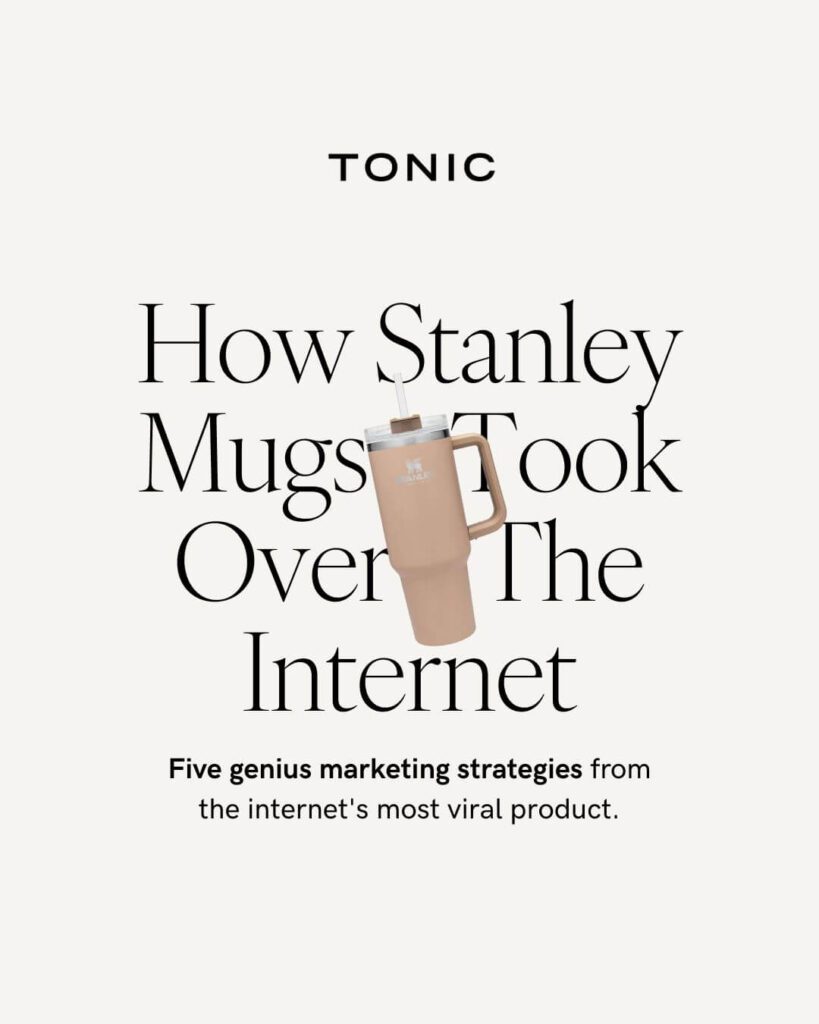
The Story Behind The-Now Viral Stanley Quencher Tumbler
Yep. Three years after the Quencher mug hit the market in 2016, sales were so bad that Stanley’s executives decided to pull the tumbler from their website altogether. The market was too saturated — it wasn’t selling.
But when two women running the affiliate marketing blog / Instagram account The Buy Guide found out one of their favorite products (which sold out every time they shared about it) was being discontinued, they took action.
Their emails to Stanley went unanswered for months until finally, their plea to reinstate the mug caught the attention of a Stanley sales manager investigating why former Bachelorette Emily Maynard had just, seemingly out of nowhere, posted about how much she loved the (discontinued) mug…
(Answer? The Buy Guide ladies had sent it to her months before.)
Stanley finally agreed to let The Buy Guide founders purchase 5000 mugs (with their own money!) to resell on their own — a test to see if they could rebrand the mug as a must-have accessory and reach the powerful new market of women-selling-to-women they’d promised.
Yep. The mugs sold out in days. It was more sales volume than Stanley had ever seen(!).
And yet, the Stanley execs were still unconvinced.
So, The Buy Guide ladies did it again. (Nice.)
Finally, Stanley agreed they were on to something. They met with the women and partnered on the marketing strategy that has grown one of the internet’s most viral products — a $40, always-sold-out water bottle with over 3.4 billion TikTok views and sales up 300% year over year. ONE product that’s more than doubled Stanley’s total revenue.
Basically, every marketer’s dream. So, of course, we’ve got to break this down.
5 Genius Marketing Strategies for Small Business: How Stanley Mugs took Over the Internet
Here are the top FIVE marketing strategies I think we can steal from Stanley.
#1 Embrace Scarcity
In part because they weren’t sure of the demand, Stanley switched from a typical, large product order model to a collection release model, with limited stock in each drop.
(Stanley’s Global President Terence Reilly referred to this as a “sneakerhead” model, not unlike what he supervised at his old brand, Nike, where limited edition, limited-quantity shoe collaborations would create lines of hopeful buyers around the block.)
Without fail, each release sold out (still does!), and at its peak, the waitlist for new tumblers hit over 150,000 people.
Suddenly, just being able to buy the tumbler felt like a feat (!), so consumers rushed to purchase at every restock. (Purchasing as a privilege = every marketer’s dream.)
This also provided an easy angle and timestamp for the brand’s influencers to promote the product.(“Hurry, they just got restocked and won’t last long! Don’t think, just buy!”)
Each release also featured new, limited edition colors, planting the idea that the tumblers were collectible. Now, there’s a truly insane market for Stanley buy / sell / trade, with legions of women who own not one, but DOZENS of Stanley mugs, collect rare colors, and somehow need one for every possible daily beverage / life hack. (Thanks to our #longandweird reader Tara, for sending me this ridiculous video.)
Since when is a water bottle a collector’s item?! (Since marketing.)
Lesson #1.5? The easiest customer to convert is the one you already have.
#2 — Find Your People, then Market to Them
Stanley was originally marketing their tumblers to the same people who bought their other adventure / camping gear — mostly men.
However, The Buy Guide ladies argued that the customers most likely to buy were women (often teachers or nurses who needed a large, portable drink, or moms on the go who’d view the mug as a vital everyday accessory, not a piece of gear). They knew the specific segments of their own audience who’d most loved the mug.
Stanley redesigned their website, marketing, and color palette to reach their target market. The Buy Guide helped send an OG crew of influencers the new product. And boom, when they found + marketed to the right people, sales skyrocketed.
Lesson? Even great products fail in front of the wrong audience. (And when you market to everyone, you reach no one.)
Get extremely clear on who’s already buying your product, who you want it to reach, and what you’ll need to shift to reach them even better. (Our free Attract & Repel Guide is a great place to start!)
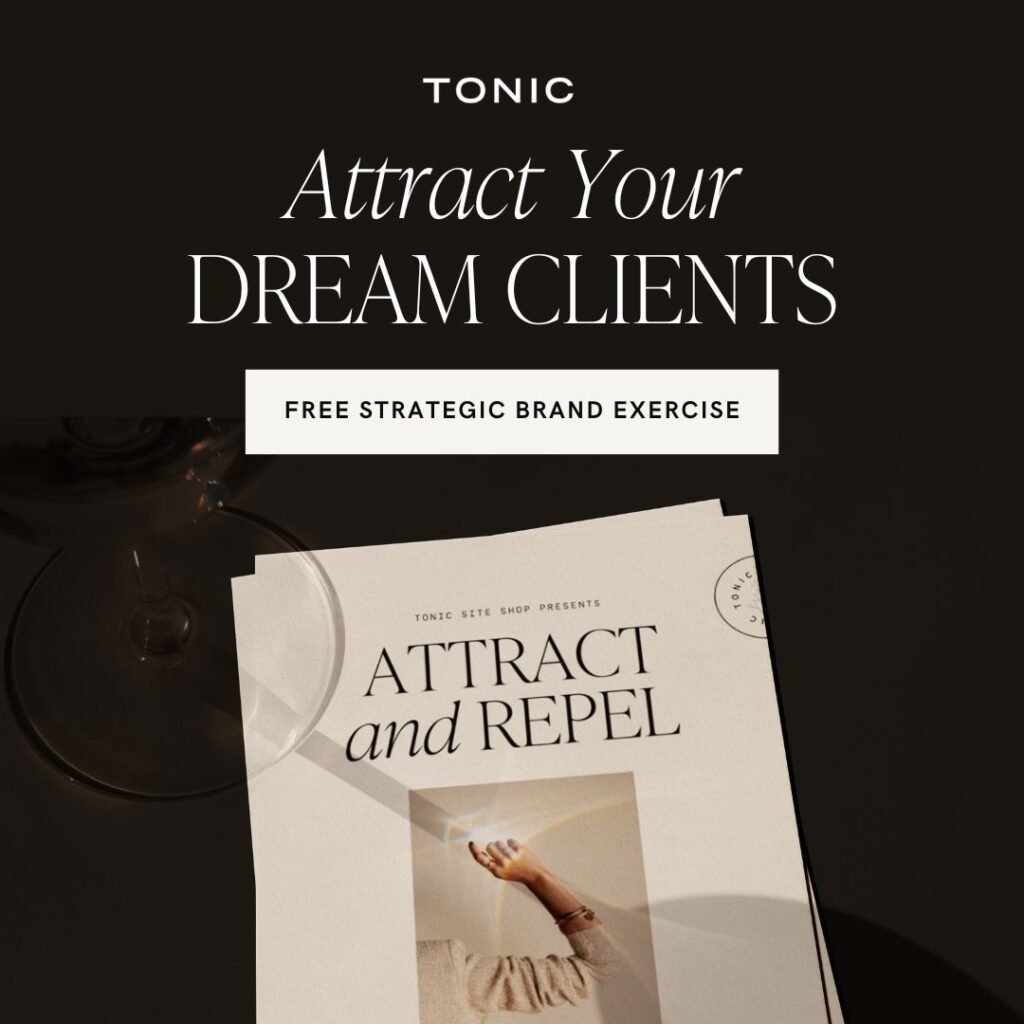
#3 Sell the Benefits, not the Product
Stanley’s main detractors have a few primary battle cries — “It’s $40 for a water bottle…that’s no different than any other mug? Why aren’t we freaking out about Yeti?!” But um, no other water bottle company’s sales are going up 300% year over year, and that’s because Stanley (and their host of influencers) know they’re marketing benefits, not product.
It helps that a water bottle is a “virtue purchase,” which you can easily justify based on the transformation it promises (“I’ll be a person who hydrates!”). But Stanleys also fit in your cup holder, come in aesthetic colors, feel great to hold, etc… (just a handful of the benefits you see devotees touting on TikTok.)
Lesson? Market like you’re the only one out there.
Stanley’s not busy explaining why they’re better or different than Yeti cups or how their handle is a little more ergonomic. (Their influencers do that for them!). Instead, they market like their product — which, again, is a water bottle — is revolutionary. And people believe it.
Sell your benefits, not your product.
#4 Make it a Gateway
You’ll notice a theme when you look through the #stanleymug TikTok tag (which, alone, has amassed over 34 million views): “I finally got it! I feel so cool now! Am I an influencer yet?”
When you’re buying a Stanley mug, you’re not just buying a tumbler — you’re buying into the aspirational community the NYT famously called The Sisterhood of the Stanley Tumbler.
You’re buying a keycard — a gateway to get on the same level as thousands of influential, stylish women whose calling card is currently a giant emotional support water bottle — and at $40, it’s far more accessible than the rest of their lifestyle.
Lesson? Create a community, not a product.
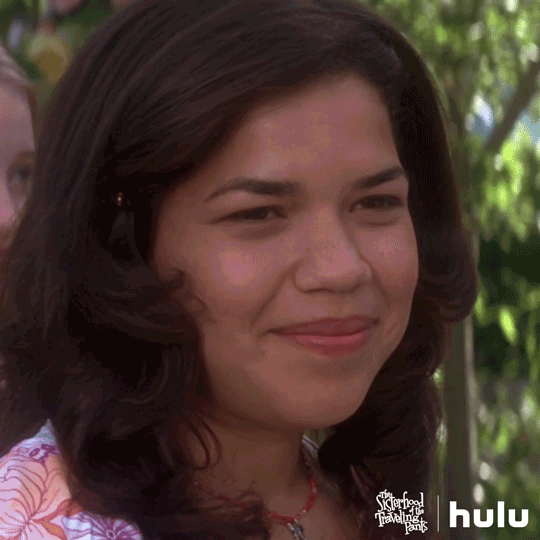
#5 Reward Your True Believers
There were three primary changes The Buy Guide women advised Stanley to make:
1) Redesign their website / customer experience (a great first step!)
2) Introduce new, trendy colors, and most of all
3) Start an affiliate program. (is affiliate marketing worth it? we say yes and here’s why!)
Stanley’s marketing exec, Terence Reilly, has gone on record saying the brand has almost no influencer partnerships budget. Instead, they seek to reward “true fans” who organically talk about the product with commissions.
Lesson? Authentic enthusiasm is priceless.
In 2023, UGC (or user-generated content) is one of the most powerful forms of marketing (92 of consumers say they trust it more than any other form of advertising), and when it’s used on your website / social media, can increase your conversions by over 6x.
(A few more stats: 51% of millennials trust word-of-mouth recommendations from strangers more than recommendations from friends and family — hello, TikTok! 74% of consumers decide what to buy based on social media posts.)
If you want to skyrocket your conversions, find the people who ALREADY love what you offer, incentivize them to create content, and reward them for it.
(Psst: TONIC has a fantastic affiliate program!)
What is Influencer Marketing?
When I was researching this article, I found a quote from The Buy Guide founder Linley Hutchinson that stopped me in my tracks.
Talking about Stanley’s affiliate / influencer marketing strategy, she said:
“That’s how people shop these days. We don’t have time to browse the internet. It’s so nice to be able to hop on social media and be told what to buy.”
I loved that. We’re all busy; we don’t have time to shop. We just want to KNOW what we’re purchasing is going to be good. We want to be told what to buy.
They want someone they trust to assure them their investment is going to pay off; they’re going to love the Stanley mug. They’re going to be the best, most-hydrated version of themselves.
When I look at the Stanley strategy, I don’t just see a strong influencer marketing push. To sum it up,
- They found the right market.
- They adapted to reach that market.
- They built a loyal fan base, then rewarded them for creating content.
- They turned that fan base into a community.
- They let their community tell everyone else to buy.
But if you take nothing else away from this piece, let it be these two genius marketing strategies:
1) Done right, marketing is powerful – it can literally bring a product back from the dead and turn it into a profit-generating machine. Holy crap.
2) There is nothing more powerful than letting your customer sell for you, in their own words. (And you should reward that).
Brb — need to refill my Stanley.
You can find the abbreviated version of this post here for easy sharing, and of course subscribe to our #longandweird newsletter for more genius marketing strategy breakdowns just like this one!

